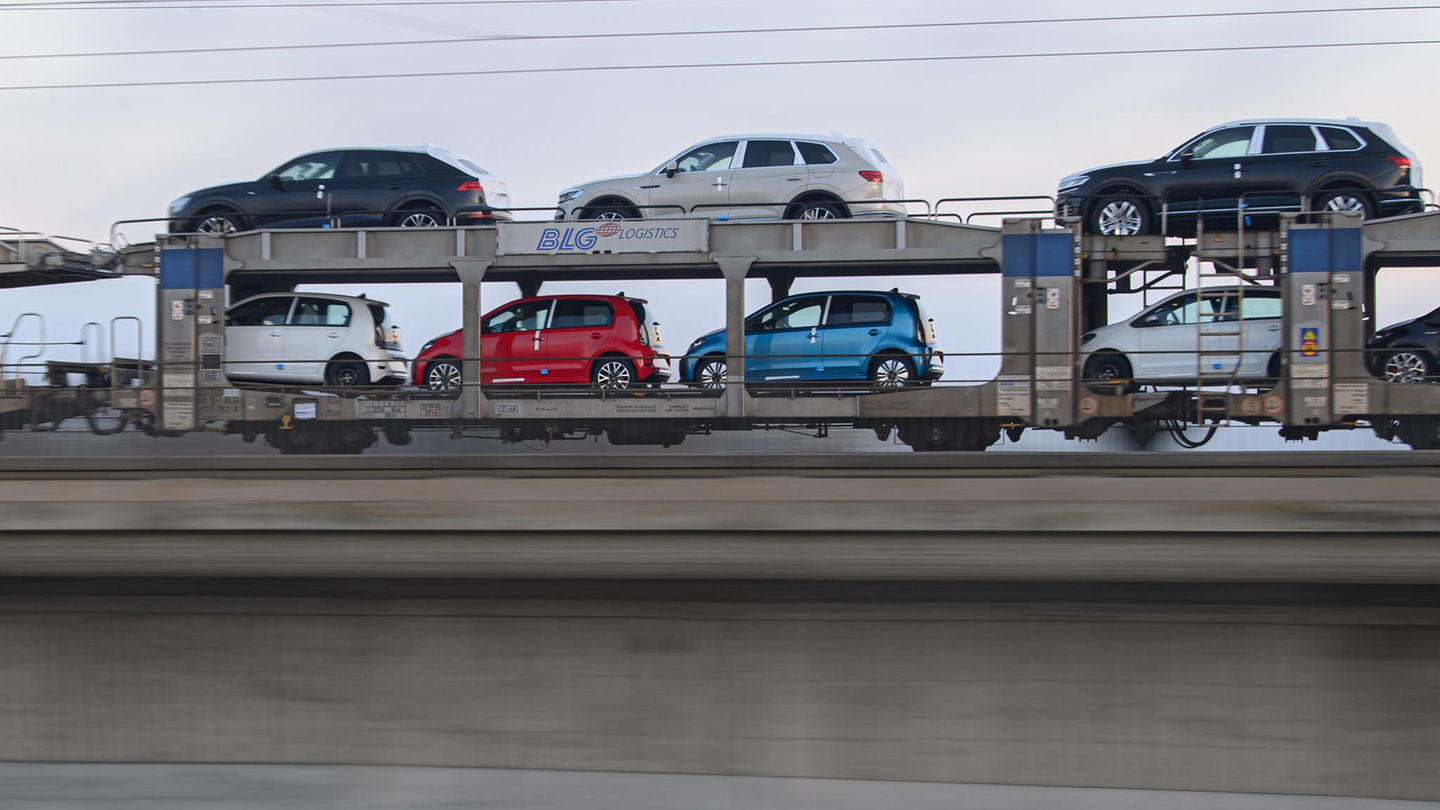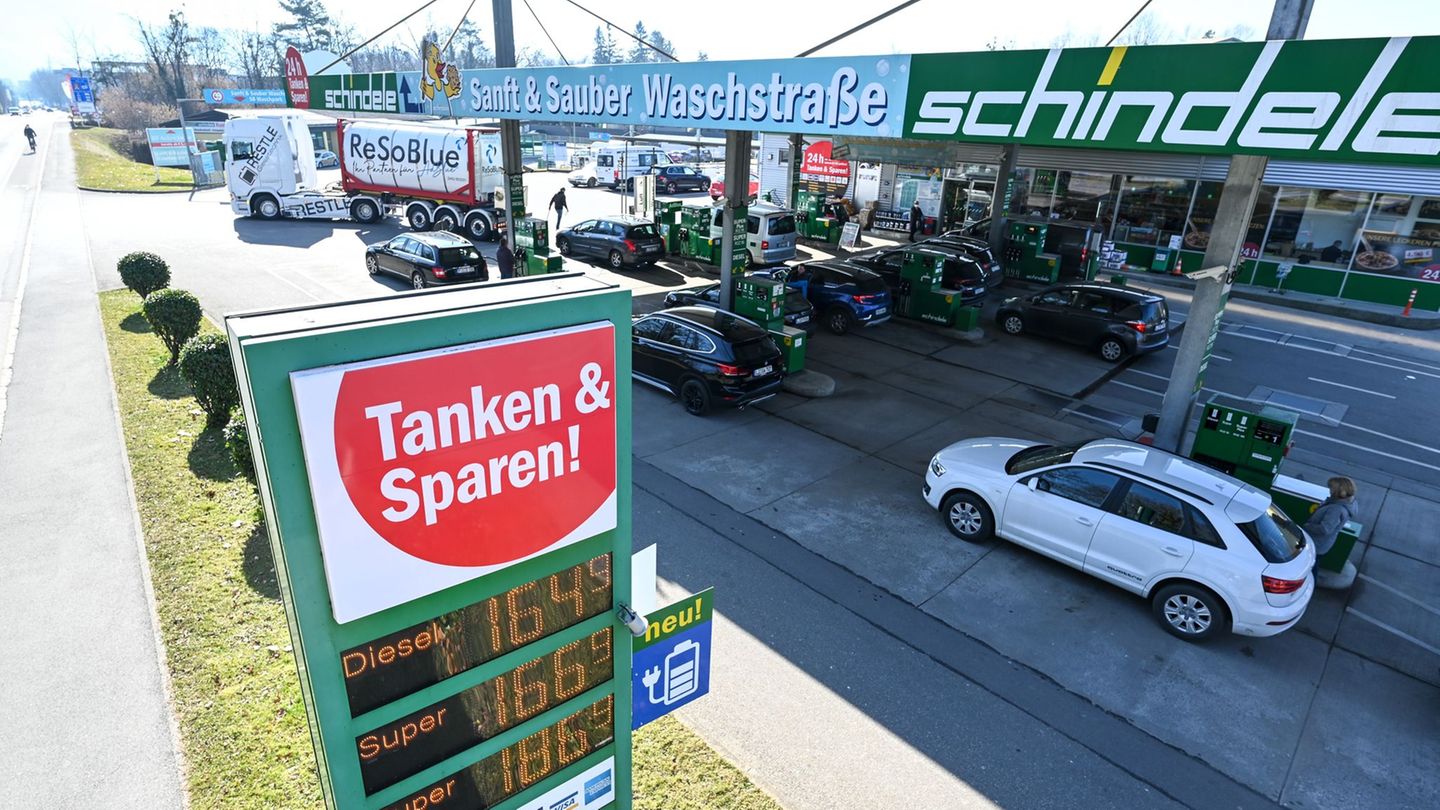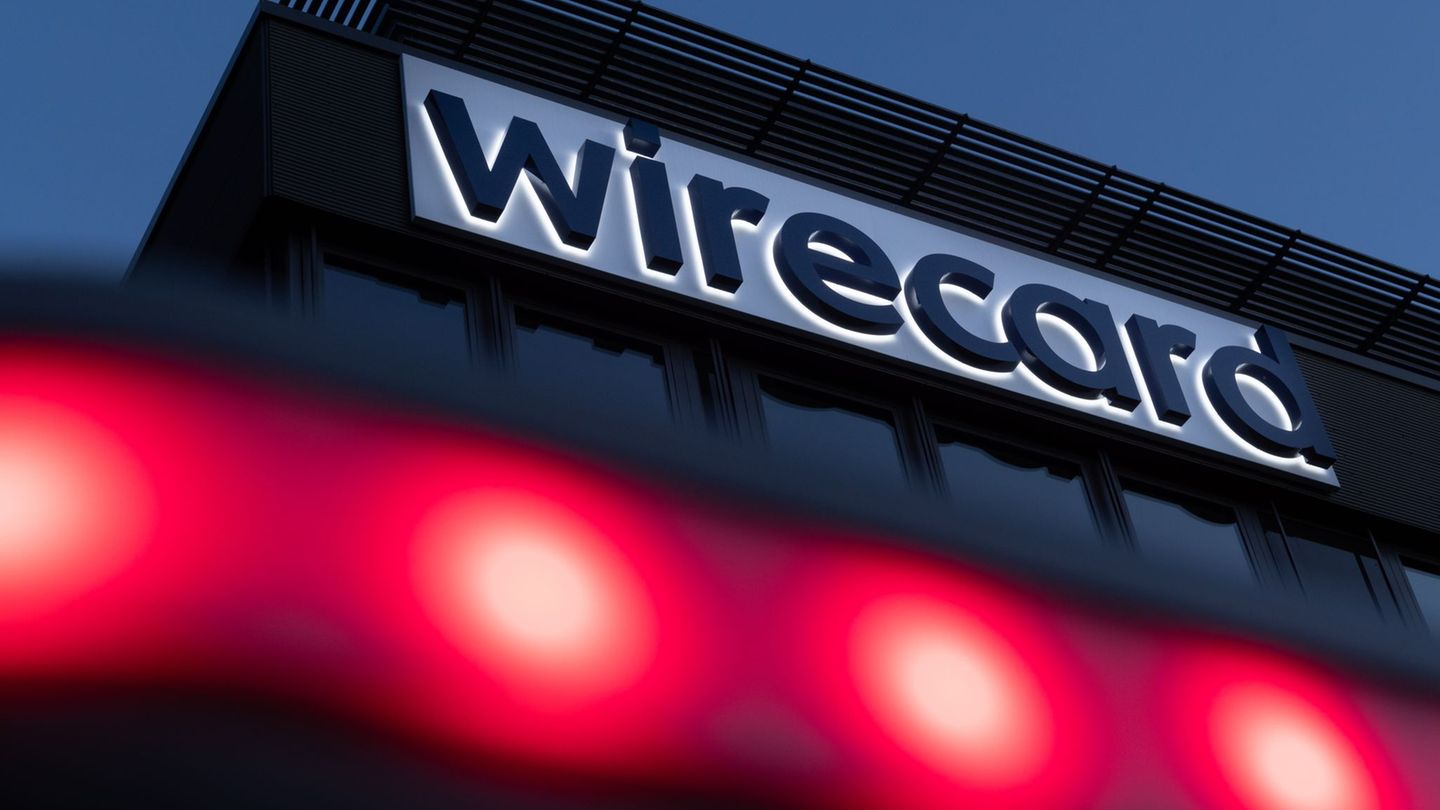Anyone who releases CO2 and pollutes the atmosphere has to pay for it: That is the basic recipe with which the EU is to achieve its ambitious goals for climate protection. Now it becomes concrete – an overview of the possible measures.
Floods, heat waves, hurricanes and rising sea levels: the EU states agree that climate change must be stopped as quickly as possible. By 2030, greenhouse gas emissions are to be reduced by at least 55 percent compared to 1990 – before the EU is climate-neutral in 2050. However, the implementation of the goals is still completely open. Ursula von der Leyen’s EU Commission wants to present a concept for the 55 percent target on Wednesday, which will then be decided by the EU states and the European Parliament. Given the implications, bitter discussions are likely. But are there any real alternatives? An overview of the likely options:
Stricter carbon dioxide limits for cars
The state of affairs: Transport is the only important sector in the EU that has not seen a significant decrease in greenhouse gas emissions over the past few decades. According to the Federal Environment Agency in Germany, for example, total carbon dioxide emissions from car traffic rose by 5.1 percent between 1995 and 2019, and in road freight traffic they were even 21 percent higher in 2019 than in 1995. The reason is the significant increase in kilometers driven – that Cars and trucks emit fewer greenhouse gases on average today than they did in 1995, but this only eased the trend.
So far, the CO2 emissions of new cars in 2030 will have to be 37.5 percent lower on average than in 2021. Manufacturers whose fleet emissions exceed the limit values should then pay a fee for all additional CO2 emissions.
What could come: It is expected that the EU Commission will propose raising the target to a value of 50 percent or significantly more. In addition, she wants to set a time frame by which all cars must be emission-free. “Otherwise there will be no planning security and we will not achieve climate neutrality by 2050,” said EU Commission President von der Leyen of the “Süddeutsche Zeitung” shortly before the proposals were presented.
Possible problems: The auto industry warns of unilateral requirements. The European manufacturer association Acea recently made it clear that it considers a significant tightening of CO2 limit values to be feasible only if there are also binding requirements for more infrastructure for electric vehicles. For every further percentage point of the tightening of the target, at least 200,000 additional public charging points for electric vehicles are required – beyond the three million required in 2030, calculated the BMW boss and Acea president Oliver Zipse.
Less pollution rights for industry
The state of affairs: In order to reduce greenhouse gas emissions in the EU, the so-called emissions trading system (EU-ETS) was set up as early as 2005. It stipulates that certain companies need pollution certificates for the emission of carbon dioxide, nitrous oxide and perfluorinated hydrocarbons, which they either have to purchase at auction or are given free of charge. Since the amount of available certificates is continuously decreasing and they can also be traded retrospectively, there is a great incentive for companies to reduce their emissions as much as possible.
The emissions trading system currently applies to more than 10,000 plants in the electricity sector and in the processing industry, as well as emissions from intra-European air traffic. Overall, it covers around 40 percent of greenhouse gas emissions in the EU. The upper limit for the number of certificates is currently being reduced by 2.2 percent annually.
In the case of the other major greenhouse gas emitters, such as traffic, buildings, agriculture and garbage, the focus is on burden sharing. This means that the necessary reduction of greenhouse gases in these sectors is divided among the 27 countries with national targets.
What could come: The number of available pollution certificates is likely to be reduced even more in the coming years, and the number of certificates issued free of charge is likely to be further restricted. There is also the idea of creating an EU-wide emissions trading system for fuels used in transport and in buildings. This could create incentives to reduce their consumption and trigger a steering effect towards more environmentally friendly forms of energy and products. However, the price of fossil fuels such as natural gas, coal, diesel and gasoline would increase. In addition, the so-called burden sharing ordinance for the other sectors must be adapted to the new 55 percent target. Until recently, the target was minus 40 percent.
Possible problems: The pressure on energy-intensive industries is likely to increase again and it is questionable what effects this will have on their international competitiveness. The expansion of the emissions trading system to include transport and buildings, on the other hand, could lead to social injustices. There are large differences in purchasing power across the EU, which would mean that consumers in countries with lower incomes would be burdened more than average. But also in countries like France, the yellow vest protests have shown what can trigger a possible increase in gasoline and diesel prices. In order not to leave people with low incomes alone with rising energy and transport costs, there should be a climate social fund.
CO2 border adjustment mechanism
The state of affairs: Companies are already complaining that they are disadvantaged on the world market because of the high costs for climate protection – especially when they are in direct competition with companies that have no or only comparatively low climate protection costs. The situation could worsen again due to the new EU climate laws. In addition, there is a risk that companies will relocate their production to other countries with less stringent emission requirements for cost reasons. This could lead to job losses and an increase in overall emissions.
What could come: The EU Commission wants to ensure that products from third countries that are comparatively harmful to the climate no longer have any competitive advantages in the EU. For this purpose, a so-called CO2 limit levy is to be introduced for certain products, which depends on how many greenhouse gases are generated during the production of the products. For example, electricity, steel or aluminum from non-EU countries with less stringent climate protection requirements could become significantly more expensive.
“I see the compensation mechanism as an invitation to other countries to also introduce a price for carbon consumption and thus to set incentives for companies there to produce more cleanly,” said von der Leyen in advance. “If they then want to sell their clean products in our domestic market, they no longer have to pay compensation.”
Possible problems: The introduction of a so-called border adjustment mechanism is considered extremely delicate. This is because it may only be compatible with the rules of the World Trade Organization if companies in the EU no longer receive free pollution certificates. This in turn means that energy-intensive industries are protected against unfair competition on the domestic market, but not on the world market. In principle, new trade conflicts could also threaten with countries such as the USA, China and India.
And something else
More renewable energies: The current rule is that the share of renewable energies should reach 32 percent by 2030 at the latest. It is likely that this EU-wide binding target will be increased significantly – for example to 40 percent.
More taxes on energy: The aviation industry fears a proposal for the introduction of a Europe-wide kerosene tax. It could always be due when aircraft for intra-European flights are refueled and would make flying more expensive.
Emissionskompensation: In the future, more emissions should be compensated for by afforestation, for example. This is intended to offset greenhouse gas emissions in agriculture, for example. The consumption of dairy products and meat, for example, is linked to the production of greenhouse gases such as methane through the digestion of cows.
What happens after this Wednesday …
After the presentation of the proposals this Wednesday, the real negotiations will begin, especially between the member states in the Council of the EU and the European Parliament. How long the talks will last is unclear. In principle, however, speed is of the essence in order to give industry and consumers as much time as possible for the changes and the necessary savings.
David William is a talented author who has made a name for himself in the world of writing. He is a professional author who writes on a wide range of topics, from general interest to opinion news. David is currently working as a writer at 24 hours worlds where he brings his unique perspective and in-depth research to his articles, making them both informative and engaging.




